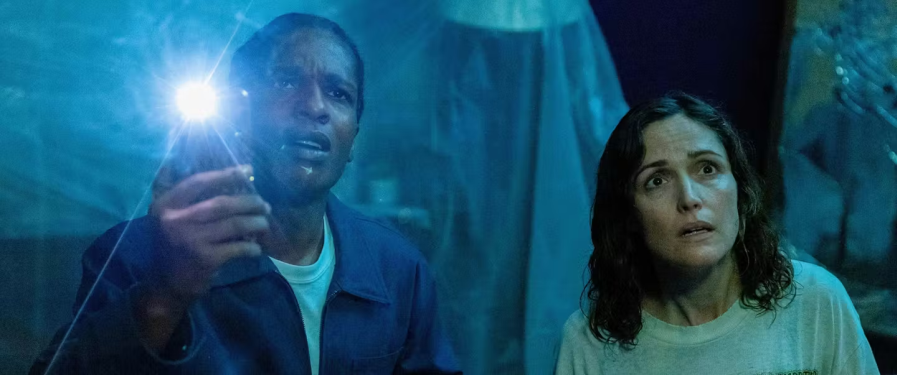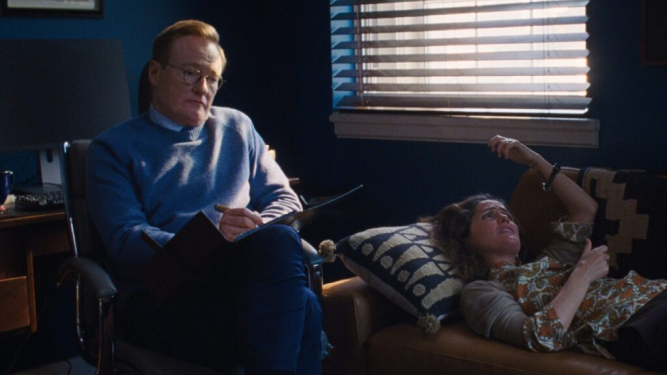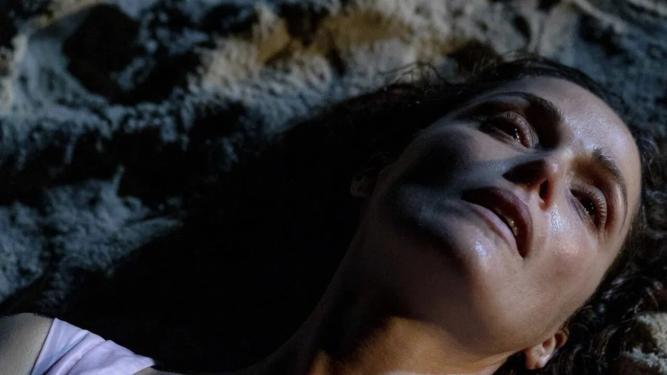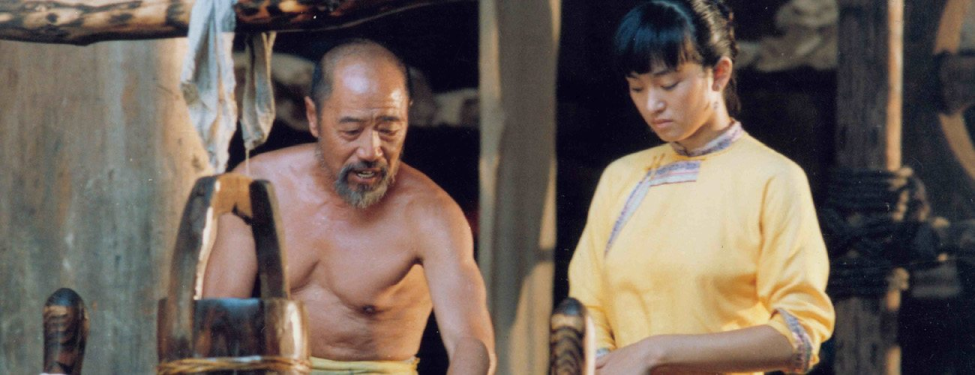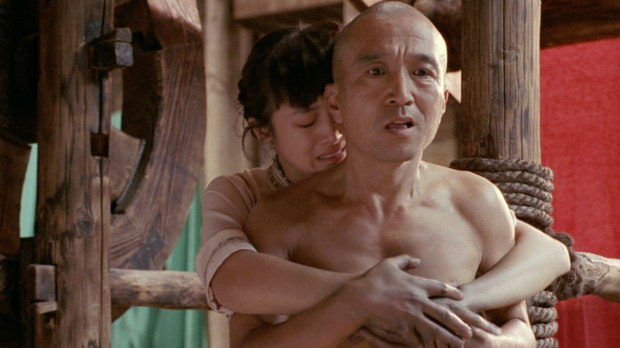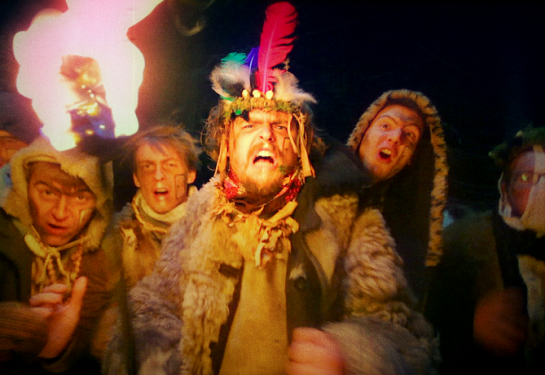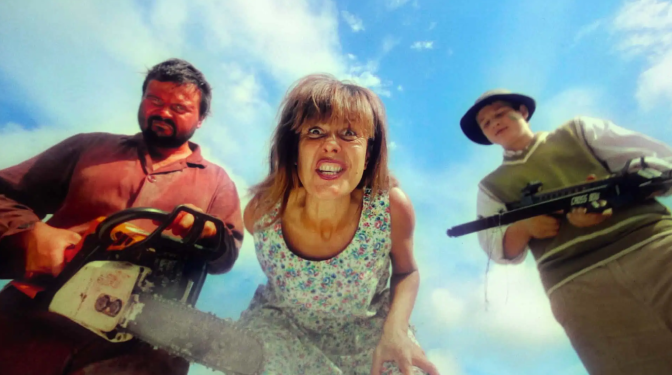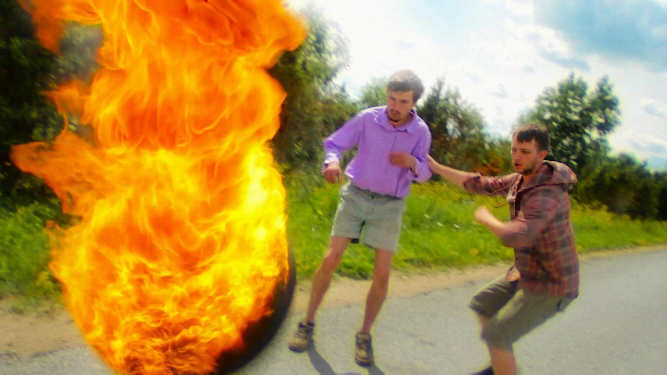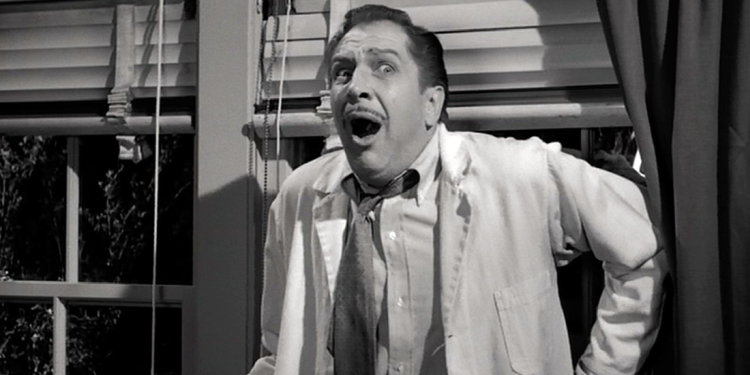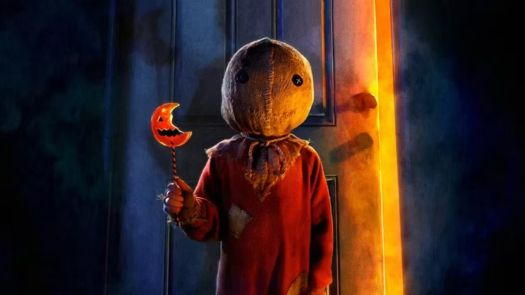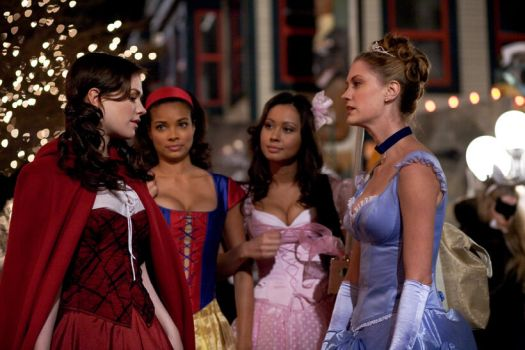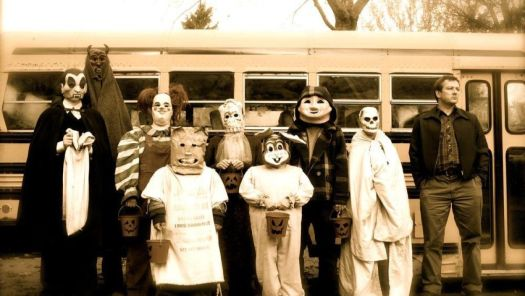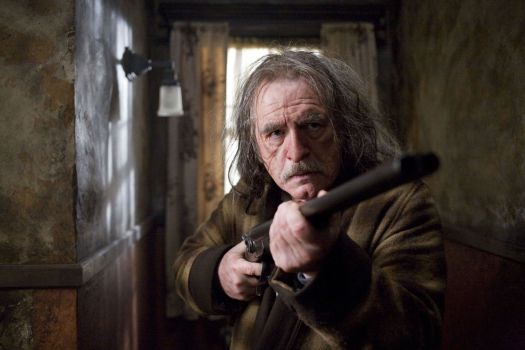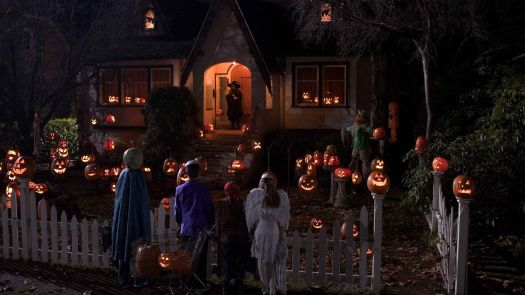Another day, another Yorgos Lanthimos film.
That’s a slight exaggeration, though Bugonia is his third film in short order. Poor Things, came late in 2023—so it mostly played in 2024, Kinds of Kindness came later in 2024, and now this film, which retains my general purpose review of all Yorgos Lanthimos films: I enjoyed it, but I can’t think of a person I would recommend it to.
Apart from the Boy, who actually enjoyed it more than I did.
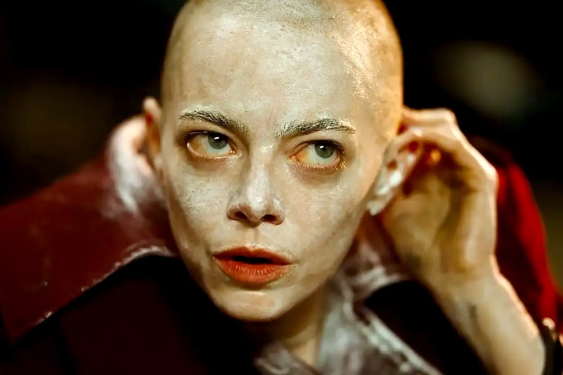
Imagine thinking Emma Stone is an alien. Ha ha.
For all its expertise in the telling, I found myself wearying of Lanthimos misanthropy, which is, of course, on me. Yorgos has always been the same guy, finding new ways to alienate the audience from human nature, and the depth of his storytelling seems primiarly to revolve around showing you that this character you might have been rooting for was really just as awful as the one you were rooting against.
Poor Things seemed to arrive at a different point, where the characters found their humanity through a circuitous, inhuman path. I thought maybe Yorgos was possibly growing and changing, but this movie feels like a thin veneer over a misanthropy that is nigh absolute.
But first, let’s look at the story: It’s Frailty, but with aliens instead of demons.
On the off-chance you haven’t seen Bill Paxton’s 2001 gem: In Bugonia, loser Teddy enlists low-IQ cousin Don in a scheme to kidnap high-powered CEO Michelle because she’s an alien (an An-drah-mih-dawn) whose species has come to earth to oppress and enslave humanity. It is the Andromedons who have turned the world bad, and Teddy is going to hold Michelle hostage in his basement until the lunar eclipse (in four days) and force her to, uh, “take me to your leader” to negotiate their withdrawal from Earth and perhaps a more productive relationship than just, y’know, messin’ with everyone.
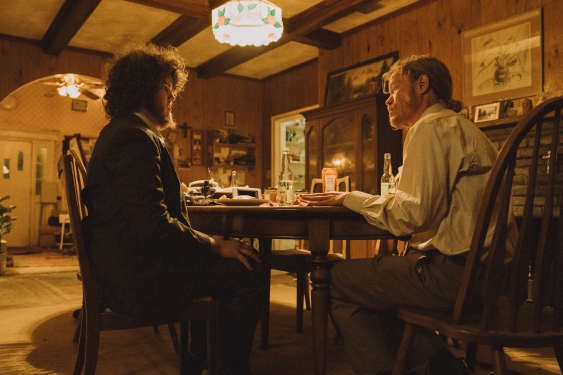
J.D. Vance co-stars with Jesse Plemons.
The movie contrasts the two young men’s pathetic training ritual with that of the CEO, who is a high-powered, driven girlboss, apparently aware both of her actual capability and her cultural and political power (as a girlboss).
Teddy’s case, as he makes it to Don, is not super-convincing. Far more convincing is Michelle making a “diversity” speech which she clearly has little interest in, and her telling her employees they should go home at 5:30PM to be with their families, unless of course they have work to do.
Since the crux of the movie is is she or isn’t she? this very inhuman sounding corporate speak combined with her general intensity is cute and kind of clever.
There are a number of twists and turns here, and Yorgos has enough Lanthimosity to dole the story points out in a way that keeps things interesting. But Teddy’s torment—torture, even—of Michelle is increasingly extreme and I found myself questioning not whether, from a narrative perspective, his ends justified his means, but whether I, as an audience member, wanted to view this escalation of abuse. You know, for “larfs”.
It looks good and I think was shot on film. Lanthimos had his usual composer, Jerskin Fendrix (not his real name) go ham-handed on the score which works well. The budget was allegedly around $50 million, which seems like a lot, but then the ten million spent on Paxton’s Frailty some twenty-five years ago seems like a lot, too.
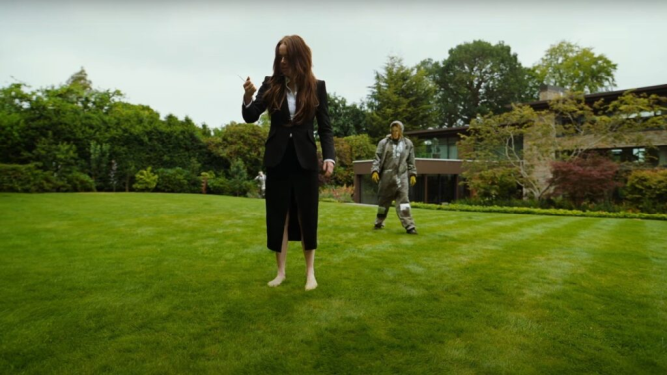
TFW you’ve been outsmarted by an inferior species. And it’s not dogs.
The acting is good, as always. Emma Stone (as “Michelle”) gets her head shaved and, quite frankly, looks like an alien bald. Her eyes are enormous. Jesse Plemons (Kinds of Kindness, The Irishmen) plays the desperate and resourceful Teddy. Autistic actor Aidan Delbis plays dimwitted Don so convincingly he may have trouble getting roles where he plays smart people. (Amusingly, he also resembles the fat-J.D. Vance-meme.)
And, not to make you feel old or anything, but Ted’s mom, a sickly, ravaged opiod addict who rants to young Teddy about “them” is played by none other than the Clueless Batgirl herself, Alicia Silverstone.
Ultimately, with all the twists and turns, this movie never surprised me. The ending seems both scold-y (in the way of a bad ’50s sci-fi film) and nihilistic, with a full play through of “Where Have All The Flowers Gone?” which (like the earlier comparison of HR-dominated corporate speak to alienese) struck me as a wry nose tweak of the current culture but, I dunno, maybe I just wasn’t in the mood.
I think I just expect Yorgos to give me something interesting to chew on, and this felt very by-the-numbers from a philosophical standpoint.
This film is a remake of the 2003 Korean film Save the Green Planet!, and remarkably faithful in some ways, down to the ending, though the difference in the Korean rendition is…interesting.
Check it out, if you like Yorgos, it’s very Yorgos. I suppose there’s some chance that the kind of Twilight-Zone-esque story will catch on with the public, but otherwise I would not expect it to break $30 million. (I said that about Poor Things, which did finally make $35 million domestically.)

If I’m being honest, I like this wig on Stone better than any of the real hair I’ve seen her in for years.
I found reviews for both this and If I Had Legs, I’d Kick You titled something like “The Feel Bad Surprise Of The Year.”


